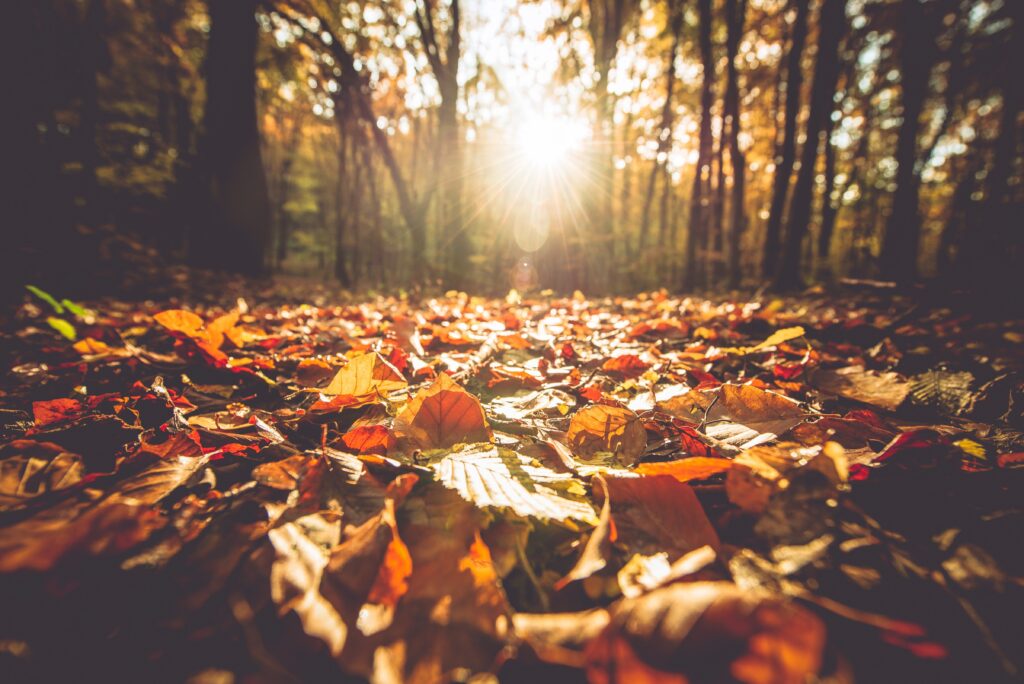A Colorful Signal That the Seasons Are Shifting
Every fall, trees across temperate regions put on a dazzling display—vibrant reds, fiery oranges, golden yellows. But this transformation isn’t just for show. It’s the result of complex chemical processes that allow trees to prepare for the colder, darker months ahead. While the sight is beautiful, it’s also a sign of biological efficiency at work.
Chlorophyll’s Disappearing Act
During spring and summer, leaves are packed with chlorophyll—the green pigment that allows plants to absorb sunlight and produce energy through photosynthesis. But chlorophyll doesn’t last forever. As daylight shortens and temperatures drop, trees begin to break down chlorophyll and pull nutrients back into their trunks and roots for storage.
As the green pigment fades, other colors that were already present in the leaf—but hidden—begin to emerge. These pigments are responsible for the reds, yellows, and oranges we associate with fall.
Where Those Reds, Yellows, and Oranges Come From
Different pigments produce different colors. Carotenoids, which are always present in leaves, give off yellow and orange hues and are the same compounds that color carrots and corn. Anthocyanins, which are produced in the fall, give leaves their red and purple tones.
Unlike carotenoids, anthocyanins are not present all year. They form in response to specific conditions in autumn, such as bright sunny days and cool—but not freezing—nights. These conditions trigger sugar to become trapped in the leaves, leading to the production of these red and purple pigments.
Why Some Years Are More Colorful Than Others
The intensity of fall color can vary from year to year depending on weather conditions. A warm, wet fall can mute the colors, while a dry season with clear skies and chilly nights tends to create the most vibrant displays. Drought, early frost, or high winds can cause leaves to fall too early, cutting the color show short.
Climate change is also beginning to affect this cycle. Warmer autumns are delaying the timing of peak color in many areas and shortening the overall window for fall foliage, as trees hold onto their green longer or drop leaves without a full color change.
What Happens When the Leaves Finally Fall
After the pigments fade and the leaf’s job is done, trees begin to form a separation layer at the base of each leaf stem. This allows the leaf to detach and fall away without harming the tree. Once on the ground, fallen leaves decompose and return nutrients to the soil, completing the cycle.
While the visual spectacle is striking, it’s ultimately a sign of the tree’s preparation for survival—a retreat into dormancy before winter arrives.
An Annual Reminder of Nature’s Timing
The changing colors of fall are more than just scenery—they’re part of a carefully timed biological process that has evolved over millennia. As leaves fade and fall, they remind us that nature operates on cycles of change, renewal, and resilience.
So the next time you find yourself walking through a canopy of autumn color, take a closer look. You’re witnessing science, survival, and beauty—all working in perfect harmony.


